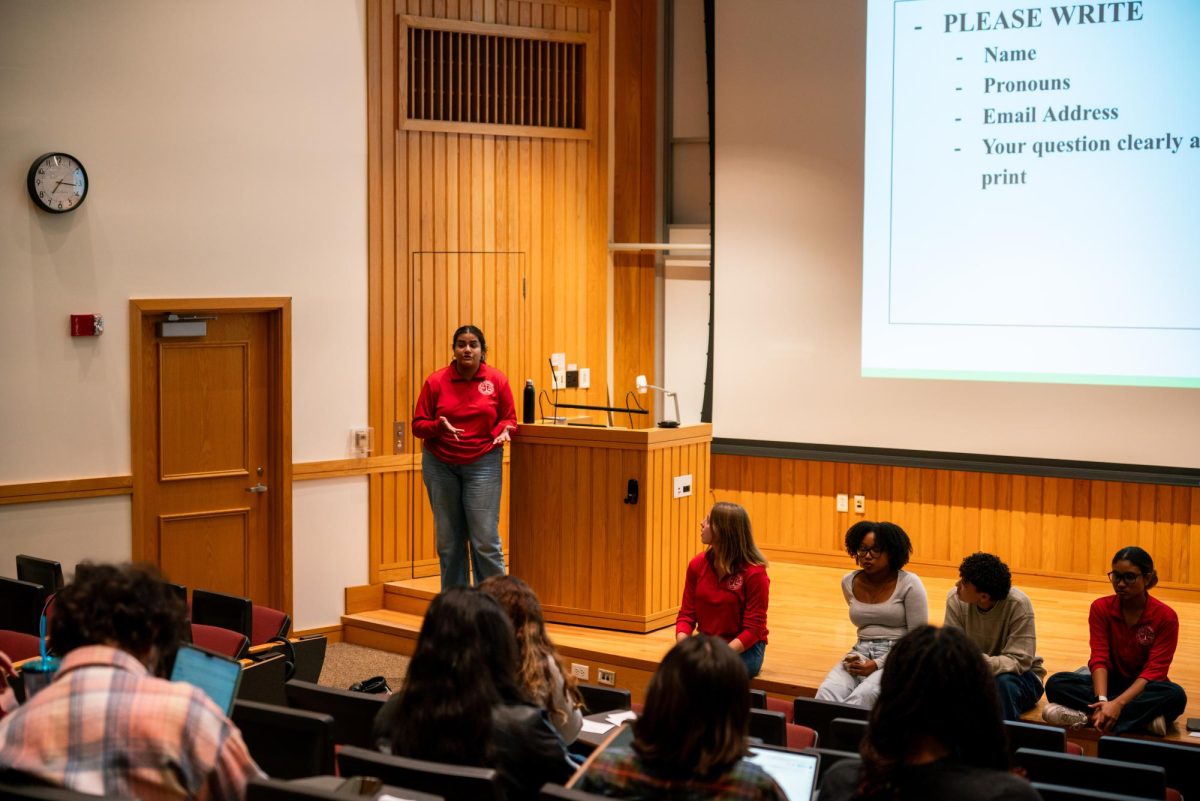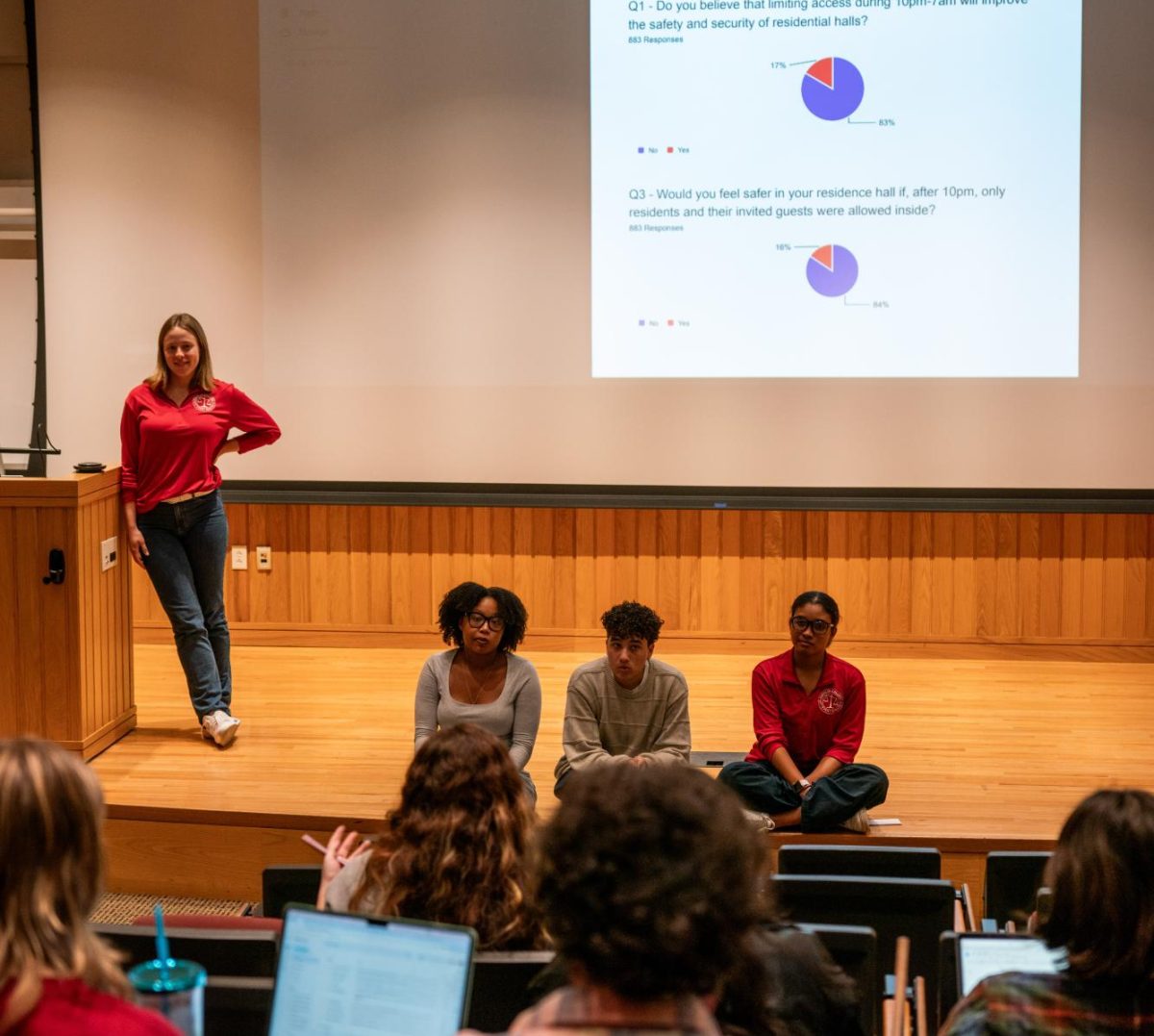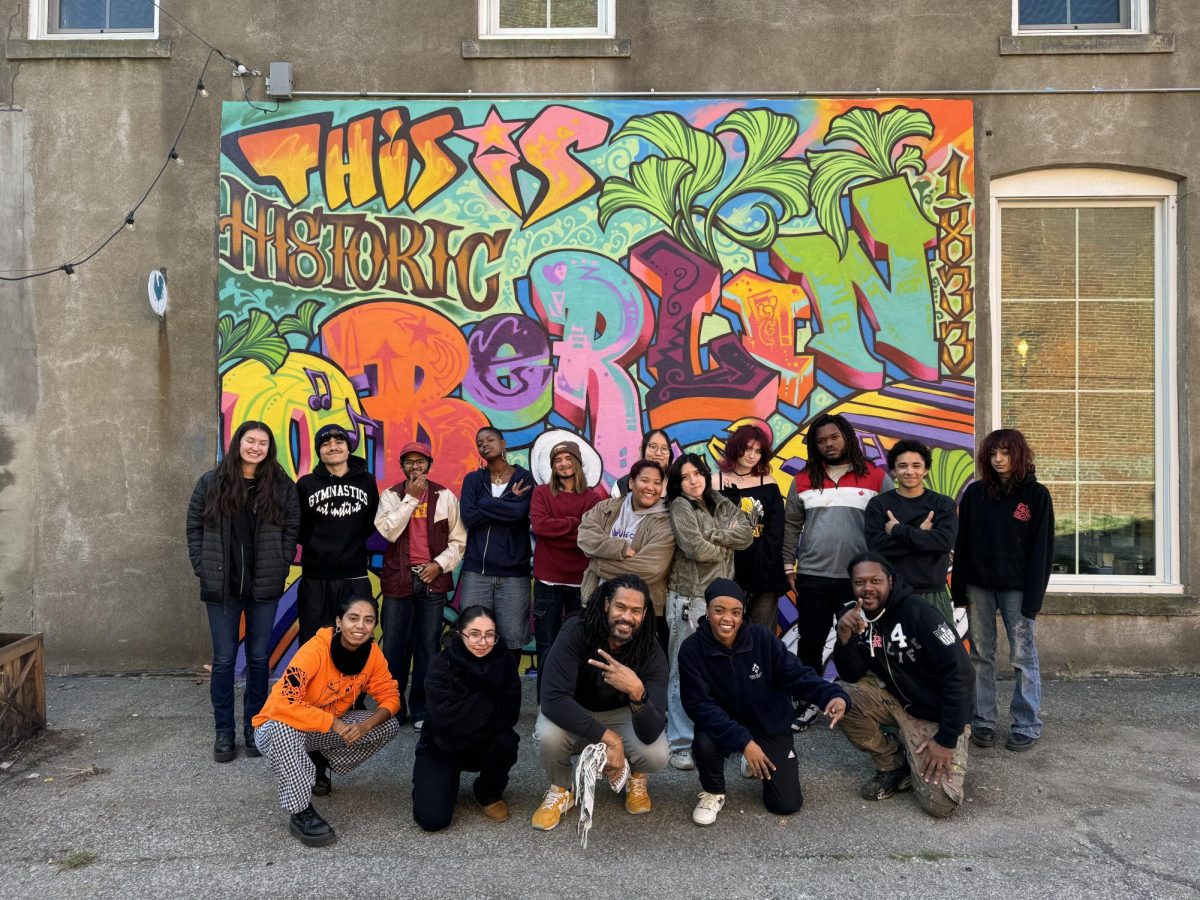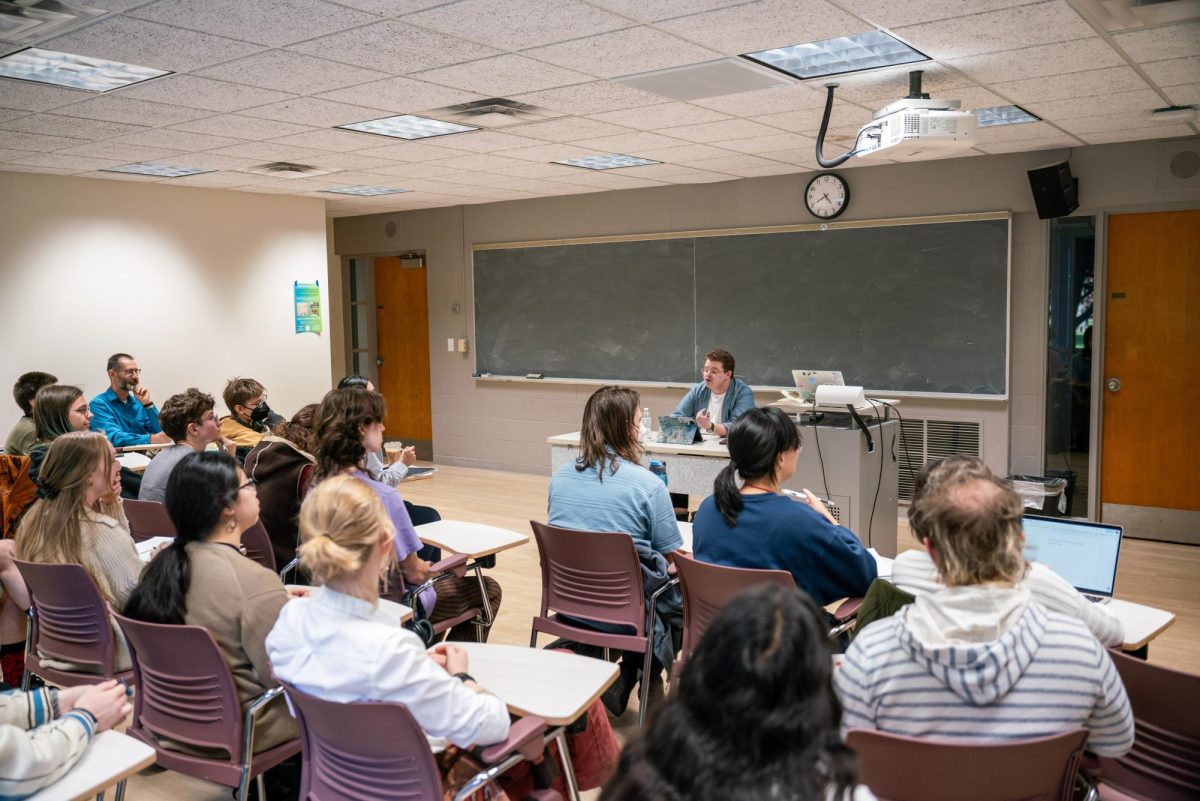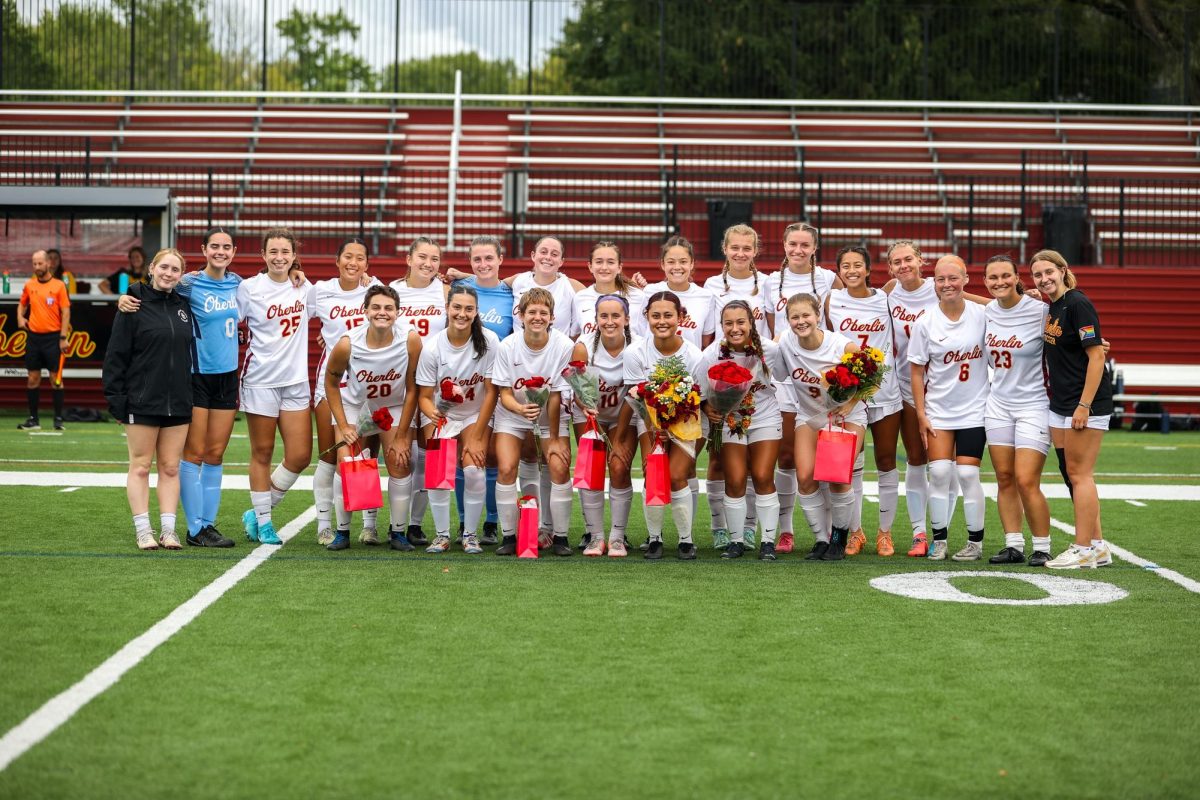Get REC’d
April 1, 2016
After receiving $2.6 million in Renewable Energy Credits, Oberlin City Council must decide how to spend the extra cash.
Renewable Energy Credits are generated when a community produces one megawatt-hour of electricity from a renewable energy source, such as geothermal heat pumps, bioproducts, hydrogen fuel cells and other eligible sources. The credits can then be traded or sold on the open market.
Over 50 people were in attendance during the work session the City Council held Monday to discuss how the credits should be spent. According to Steve Dupee, Oberlin Municipal Light and Power System executive director, the money can either be used to temporarily lower energy rates or invest into long-term sustainable initiatives.
Tensions surrounding how to spend the credits have been high over the past several months as different stakeholders have expressed conflicting suggestions for investment.
According to Oberlin’s Public Utilities Commission, the majority of REC revenues would best be spent funneled into Oberlin’s Sustainable Reserve Fund. The fund, which was created in 2007 to bankroll environmentally friendly initiatives such as energy conservation and greenhouse gas reductions, would allow the city to reinvest the credits into various other sustainability projects.
The credits can also be returned to ratepayers who use credits as a form of payment on their utility bills. If money is returned to ratepayers, individual households are projected to receive $75 a year, with larger institutions like Oberlin College, receiving a much higher amount.
REC spending was a hot-button issue for candidates running for the Council this past election cycle, and Oberlin’s investment in sustainability has remained a running platform for contenders for the past decade. In 2007, the City Council signed a 50-year contract promising to buy coal-based electricity from the local power plant. The Council then terminated the contract the following year after four members campaigned against King Coal, and members began to seek out carbon-neutral alternatives.
Thus began Oberlin’s aggressive approach to sustainability. When the swapping of RECs began to heat up in 2014, the Public Utilities Commission considered a myriad of uses for the money generated from the credit sale. These included lowering energy rates, weatherizing local infrastructure and shifting from fossil fuels to electricity for the city’s transportation and heating systems. However, as of now, the most discussed options for investment are rebates or long-term sustainable initiatives via the Sustainability Fund.
The PUC initially projected to make a decision regarding the REC money by the end of 2015, but continued disagreement among citizens vested in the decision ultimately caused the Council to table the discussion until further notice.






